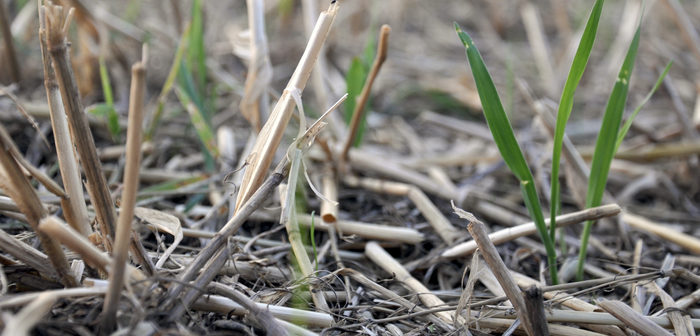The post-harvest, pre-planting interval is the ideal time to test soils with the ground being bare of crops, reminds ProCam’s Phil Burrell, especially as delays could mean exposure to a potential rise in fertiliser costs with ongoing political tensions in the Middle East.
“As one cropping cycle comes to an end, and growers start to get ready to drill next year’s crops, now is the ideal time to test soils, not just for pH, but also for residual reserves of N, P, K and S,” he advises.
“The fundamental factor to get right at this stage in proceedings is to ensure soil pH is as close to 6.5 as possible, the optimal level for the availability of micro and macro nutrients. If soil pH falls below 6.5, macronutrients such as phosphate, nitrogen and potassium will be locked up in the soil matrix and therefore be less available for uptake by the next crop in the rotation.”
Phil explains that at pH 6.0, the availability of phosphate falls to 52%, decreasing to 48% at pH 5.5. Similarly, N and K availability fall to approximately 77% at pH 5.5.
“According to the latest data, almost two-thirds (62%) of UK arable soils are below the optimum pH of 6.5,” Phil continues. “Given the current political unrest in the Middle East, and the impact this could have on global fertiliser prices, it makes sense to test and adjust pH now, to ensure those nutrients already in the ground remain available for the next round of crops to utilise.”
In addition to pH, N, P and K, Phil also urges growers to test for sulphur. “Sulphur and the efficiency of nitrogen are closely linked, with any deficiency in the former resulting in reduced nitrogen use efficiency,” he notes.
Grain analysis from harvest 2024 indicated that 60% of wheat crops were deficient in sulphur. “Atmospheric sulphur deposition has fallen steadily since the 1970s when acid rain was at its peak, with 95% of soils now deficient. At the same time, only 55% of arable ground routinely receives a treatment of sulphur, while just 12% of grassland receives supplemental applications,” he adds.
He warns that growers shouldn’t assume the shortfall will be made up by applications of farmyard manure or slurry. Only by assessing nutrient content is it possible to predict with any accuracy if soils are receiving sufficient sulphur.
Where sulphur is lacking, oilseed rape yields fall by an average of 0.5 t/h, while wheat output is reduced by an average of 0.35-0.4 t/ha. “Crop quality will also be affected, with OSR seed having reduced oil content and milling wheats less likely to hit their required protein target,” Phil adds.
“Including sulphur also reduces the total amount of N required,” Phil continues. “For example, winter wheat requires an average of 240 kg/ha of straight N to achieve its optimal yield. This figure falls to 210 kg/ha when sulphur is added into the equation, and a further reduction to an average of 190 kg/ha is possible when nitrogen is applied in combination with S, P and K.”




